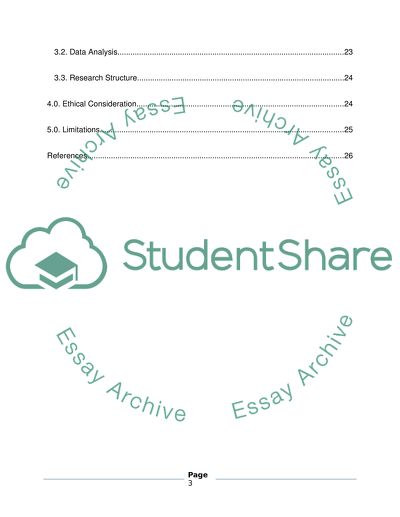Cite this document
(“E-marketing in UK Private Hospitals Dissertation”, n.d.)
Retrieved from https://studentshare.org/marketing/1394808-e-marketing-in-uk-private-hospitals
Retrieved from https://studentshare.org/marketing/1394808-e-marketing-in-uk-private-hospitals
(E-Marketing in UK Private Hospitals Dissertation)
https://studentshare.org/marketing/1394808-e-marketing-in-uk-private-hospitals.
https://studentshare.org/marketing/1394808-e-marketing-in-uk-private-hospitals.
“E-Marketing in UK Private Hospitals Dissertation”, n.d. https://studentshare.org/marketing/1394808-e-marketing-in-uk-private-hospitals.


